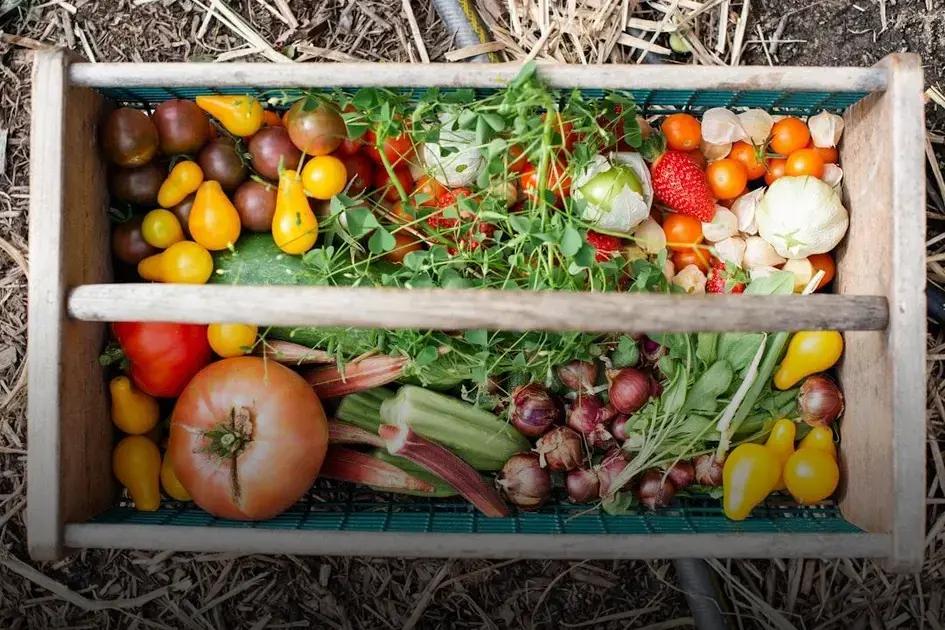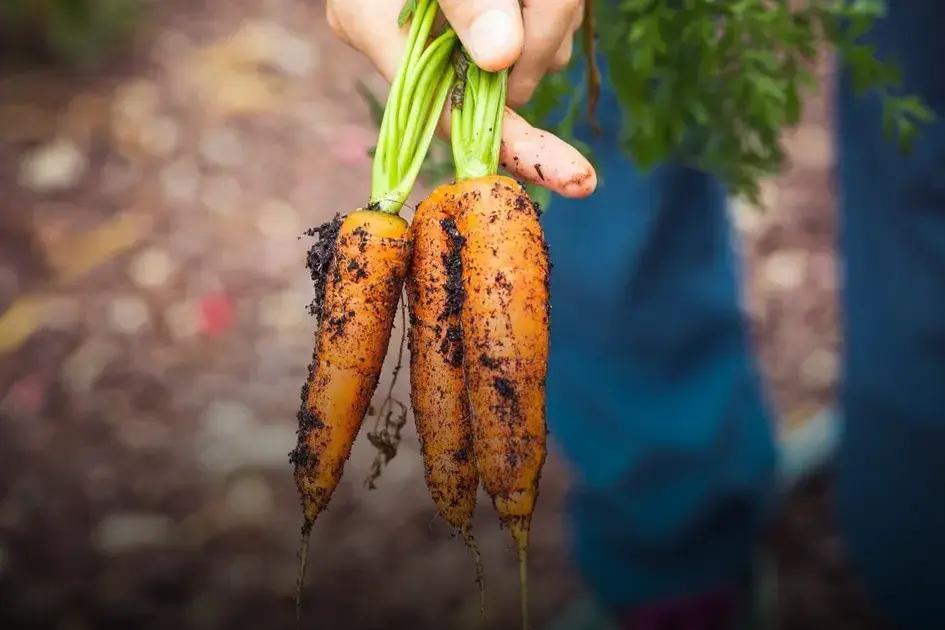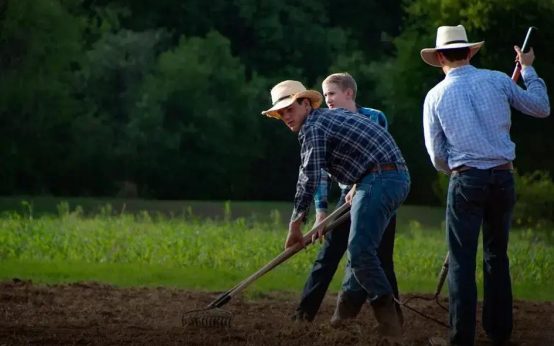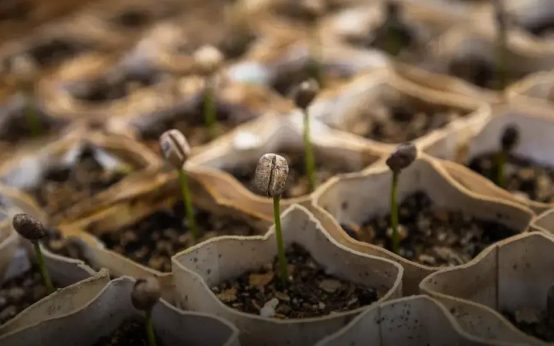Discovering the perfect time to harvest herbs can significantly enhance their flavor and aroma. For those passionate about cooking or herbal remedies, knowing the science behind timing can make all the difference. Whether you’re growing basil, thyme, or mint, each herb has its unique needs. This guide will walk you through the essential steps and helpful tips for harvesting herbs at their peak.
Why Timing Matters for Herb Flavor
Understanding the timing for harvesting herbs is crucial because it directly impacts the flavor and potency of the herbs. Different herbs have distinct growth cycles and reaching their peak flavor requires careful observation.
Morning Harvest
Many herbs are best harvested in the morning hours. This is when the essential oils in the leaves are at their highest concentration, resulting in more vibrant flavors. Avoid picking herbs during or after rain, as the excess moisture can dilute these oils.
Pre-Flowering Stage
Harvesting herbs before they start flowering is often recommended. During this phase, the energy of the plant remains concentrated in the leaves, which boosts flavor intensity. For herbs like basil and thyme, trimming before they bolt ensures the leaves maintain their characteristic taste. Continual Harvesting Regularly picking your herbs can also encourage more robust growth and yield. Continual harvesting prevents the plant from becoming woody and supports fresh, flavorful leaf production.
Identifying the Right Harvest Time

Knowing the correct time to harvest herbs can significantly impact their taste and medicinal properties. The best time for harvesting is crucial as it ensures maximum flavor and potency. One general rule of thumb is to collect herbs in the morning, just after the dew has dried. This timing allows the herbs to retain essential oils, which are responsible for their flavor and fragrance.
Each type of herb has its own harvesting nuances. For example, leafy herbs like basil or mint should be picked when the plant is young, and before it flowers. Pinching off the top pairs of leaves encourages the plant to become bushier, ultimately providing a larger yield.
Flowering herbs, such as chamomile, are best harvested when the blooms are still tight, as this is when they’re most potent. Root herbs, like ginger or echinacea, should be dug up after the plant’s aerial parts have died back. Doing this allows all the nutrients to be drawn down to the roots, enriching their flavor and medicinal value.
The weather and conditions also play a role. Avoid picking herbs after rain, when they may be too waterlogged, diluting the essential oils. Always ensure you regularly check the growing herbs for their stage of maturity, as overripe herbs can lose their flavors quickly.
Tools Needed for Harvesting Herbs
When harvesting herbs, having the right tools will significantly enhance efficiency and quality. Start with a sharp pair of scissors or pruning shears. These tools ensure clean cuts, preventing damage to the plants. Clean cuts also facilitate quicker healing, reducing the risk of infection.
A basket or collection tray is essential for gathering herbs without crushing them. Ensure it is spacious enough for the amount you plan to harvest. A tray with ventilation helps maintain herb freshness while you continue harvesting.
For smaller or delicate herbs, consider using a harvesting knife. Its precision is perfect for crops like thyme or tarragon. Additionally, gloves can protect your hands from any sharp plant edges, especially when harvesting tougher herbs.
Having a spray bottle with water can keep herbs hydrated post-harvest until you’re ready to process them. This step is particularly useful in dryer climates or on hot days.
Avoid overloading your toolshed with unnecessary equipment. Focus on quality and suitability of the tools for your specific herb garden needs. This approach not only saves time but also preserves herb flavor by ensuring pristine harvesting conditions.
Post-Harvest Herb Preservation Tips

After harvesting, it’s crucial to preserve herbs properly to maintain their vibrant flavor and aroma. One effective method is air drying. Bundle small bunches of herbs and hang them upside down in a well-ventilated room, away from direct sunlight. This method is ideal for woody-stemmed herbs like rosemary and thyme, which dry well without losing flavor.
For herbs with delicate leaves, such as basil and mint, consider using a dehydrator. Set it to a low temperature and monitor regularly to ensure they do not become brittle.
If you prefer a faster method, microwave drying can be a great option. Place the herb leaves between paper towels and microwave in short bursts until thoroughly dried. Be careful with this method to avoid burning.
Another popular technique is the use of freezing. Chop fresh herbs, mix with a bit of olive oil or water, and pour the mixture into ice cube trays. Once frozen, transfer the cubes to a labeled bag for easy use later.
For pests and preserving oils, steep herbs like dill and chives in vinegar or oil. This not only helps in preservation but also infuses the flavor into the liquid.
Remember, preserving at the right time after harvest ensures you enjoy the herbs’ richest flavors all year round. Incorporate these techniques into your routine to elevate your culinary creations.
Common Mistakes in Harvesting Herbs
Avoiding common mistakes during herb harvesting is crucial for preserving their essence and potency. One frequent error is harvesting herbs at the wrong time of day. Always pick your herbs early in the morning after dew has evaporated, but before the sun is too hot. This maintains essential oil concentration within the leaves, enhancing flavor.
Another common mistake is delaying the harvest until herbs flower. Once herbs start flowering, their flavor can become bitter, and essential oil levels may drop. Monitor your plants closely and harvest just before or when buds begin to form.
Overharvesting is also a typical pitfall. Ensure you never remove more than one-third of the plant at a time. This allows the herb to continue growing and flourishing, providing sustained yield throughout the season.
Improper tool usage can harm your herbs and reduce their viability. Always use sharpened, clean shears or scissors. Dull or dirty tools can cause bruising and introduce pathogens to the plants.


 Tips for Growing Tomatoes That Produce Fruit Effectively
Tips for Growing Tomatoes That Produce Fruit Effectively  Companion Planting: Discover Plants That Thrive Together
Companion Planting: Discover Plants That Thrive Together  How to Grow Herbs Indoors Easily on Your Windowsill
How to Grow Herbs Indoors Easily on Your Windowsill